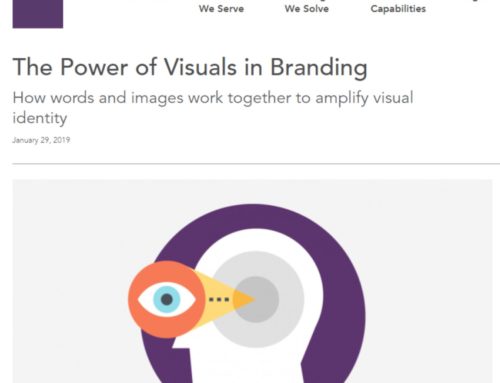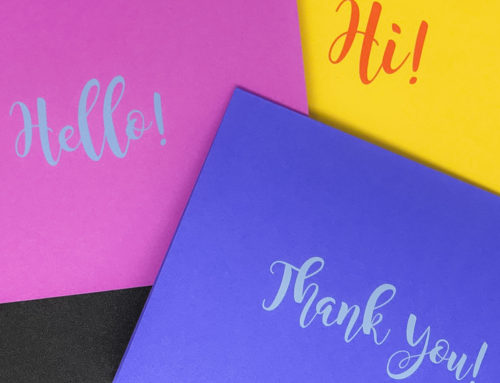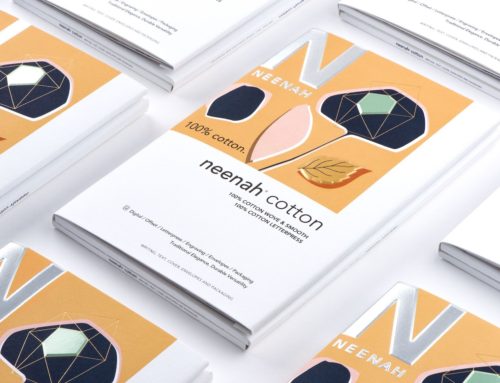
A recent article by The Economist looks at why business cards are thriving in the electronic age.
The details may vary. Americans sling their business cards casually across a table; the Japanese make the exchange of cards as elaborate as a tea ceremony. Some cards are discreet. Guangbiao Chen, a Chinese tycoon, crams his with titles such as “China earthquake rescue hero”, “Most prominent philanthropist of China”, “China’s foremost environmental preservation demolition expert” and, in case you didn’t get the message, “Most influential person of China”. But the swapping of business cards is as close to a universal ritual as you can find in the corporate world.
Business cards have been around a long time in one form or another. The Chinese invented calling cards in the 15th century to give people notice that they intended to visit. European merchants invented trade cards in the 17th century to act as miniature advertisements. They can provoke strong emotions. Nothing will provoke more discussion at a board meeting than the design of the company’s business cards, says a veteran director. In Bret Easton Ellis’s novel, “American Psycho”, the serial-killer antihero tries to impress some fellow masters of the universe with his new business card. He is crestfallen when they all whip out equally fancy ones—and aghast when one produces an absent colleague’s card, which is on thicker paper and has a watermark.
Lots of companies try to turn their cards into miniature plugs for their products. Employees at Lego give out miniature plastic figures with their contact details stamped on them. McDonald’s business cards are shaped like a portion of fries. Bon Vivant, a Brazilian cheesemonger, uses a miniature cheese-grater as its card. A Canadian divorce lawyer once gave out cards that can be torn in two—one half for each of the feuding spouses.
Such gimmicks can quickly pall—or grate, in the case of Bon Vivant’s cards. For techno-utopians, they just go to show that the physical business card is in its death throes. After all, why bother exchanging bits of thick paper at all when you can simply swap electronic versions by smartphone?
business cards are here to stay, and in a blizzard of
meetings and correspondence, it is more important
than ever that your card stands out.
However, one can just as well argue the opposite: that business cards are here to stay, and in a blizzard of meetings and correspondence, it is more important than ever that your card stands out. Attempts to reinvent business cards for the digital age have got nowhere. Even at the trendiest of Silicon Valley tech gatherings, people still greet each other by handing out little rectangles made from dead trees rather than tapping their phones together. Facebook’s boss, Mark Zuckerberg, who briefly had a business card printed with “I’m CEO, bitch”, now hands out a sensible, grown-up version.
That business cards are thriving in a digital age is a forceful reminder that there is much about business that is timeless. Take, for instance, the eternal and inescapable question of whether you can trust someone. The number of things that machines can do better than humans grows by the day. But they cannot look people in the eye and decide what sort of person they are. And they cannot transform acquaintanceships into relationships. A good deal of business life will always be about building social bonds—having dinner with people, playing sport with them, even getting drunk with them—and the more that machines take over the quantitative stuff the more human beings will have to focus on the touchy-feely.
The rapid advance of both globalisation and virtualisation means that this trust-building process is becoming ever more demanding. Managers have to work harder at establishing trust with people from different cultures: chief executives of global organisations routinely spend three out of every four weeks travelling. They also have to get better at using personal meetings to reinforce bonds that were first formed over the phone or internet.
Here, business cards are doubly useful. They can be a quick way of establishing connections, particularly in Asia, where they are something of an obsession. The Chinese are following the Japanese in treating them as semi-sacred objects. Some businessmen hand out 24-carat gold cards. Nursery-school children sometimes carry cards not only with their own contact details, but also with the job descriptions of their parents and even grandparents.
Read the full article HERE





